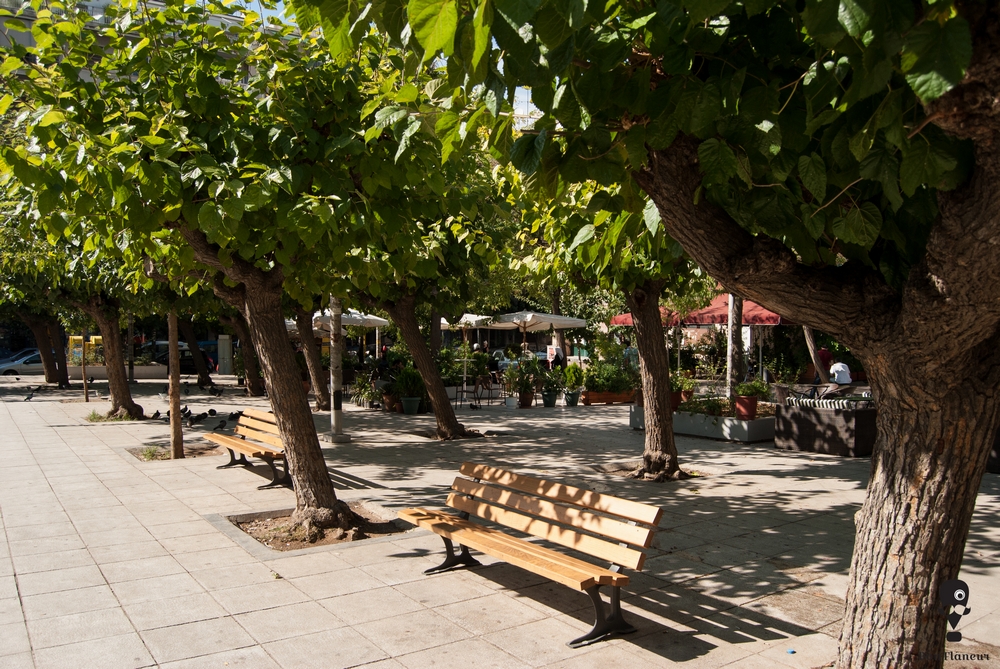Victoria Square
It was named “Victoria Square” in honour of the Queen of England, who in 1864 gave the Ionian Islands as a gift to King George.
Location
Timeline
Modern and Contemporary era (1821 - )
1901 The square was named “Victoria Square” in 1901, when Queen Victoria of England passed away. Previously, it was called “Lavrion or Vigie square” and “Kyriakou square”.
1910 The first formulations were applied during this decade.
1948 The final formulation was shaped around 1948, when the metro line to Kifissia started operating.




Share